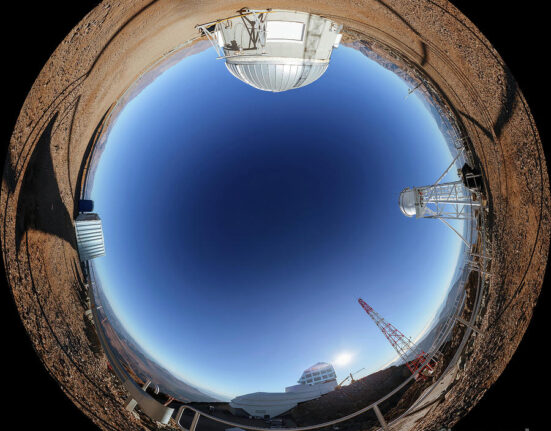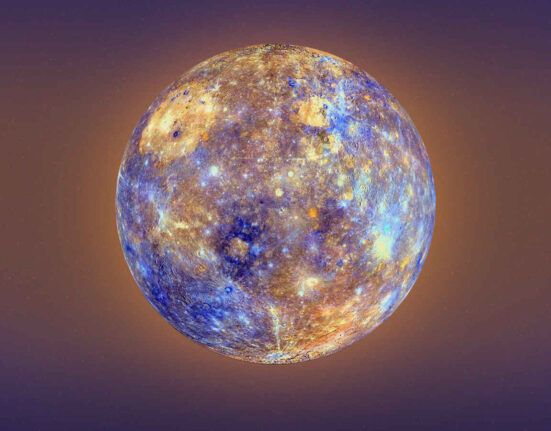Earth, our beloved home in the vast cosmos, is about to put on a show that will make time feel like it’s slipping through our fingers. Picture this: as we go about our daily lives, the very rotation of our planet is about to speed up, and before you know it, some days will become shorter than usual.
Now, let’s dive into the fascinating details behind this cosmic phenomenon. You see, Earth’s rotation isn’t always consistent. It can be influenced by various factors such as the positions of celestial bodies like the sun and moon. And soon, on specific dates like July 9, July 22, and Aug. 5 this year, something extraordinary is expected to happen.
“The position of the moon is going to play a crucial role in making our days between 1.3 and 1.51 milliseconds shorter than what we’re used to,”
explains a group of researchers studying these celestial mechanics.
Imagine if your favorite merry-go-round suddenly picked up speed because someone decided to move its pivot point closer towards one end. That’s somewhat similar to what’s happening with Earth—a slight nudge from the moon towards Earth’s poles accelerates its spin speed.
But here comes the intriguing part—researchers have uncovered that not only natural forces but also human activities are tinkering with Earth’s pace. NASA scientists have identified a correlation between climate change-induced movements of ice and groundwater with an increase in day length by 1.33 milliseconds per century between 2000 and 2018.
And believe it or not, even single events like earthquakes can leave their mark on Earth’s rotation! The massive earthquake that struck Japan back in 2011 managed to shorten the length of a day by a mere 1.8 microseconds—a tiny fraction but still significant in the grand scheme of things.
Richard Holme, a geophysicist at the University of Liverpool, beautifully explains how even Mother Nature plays her part in this grand cosmic ballet during changing seasons: “There is more land mass in the northern hemisphere compared to the south… In northern summer when trees get covered with leaves, mass moves away from Earth’s spin axis.”
So there you have it—the dance of celestial bodies combined with human activities shaping Earth’s timekeeping mechanisms right beneath our feet!
As we marvel at these intricate workings that govern our daily rhythm without us even noticing most days pass just as they should—24 hours each seamlessly flowing into another—the underlying dynamics keep shifting subtly yet steadily over millennia.
So next time you catch yourself gazing up at the night sky or feeling rushed through your day-to-day routine, remember that even time itself dances to an invisible tune orchestrated by forces beyond our control but well within our fascination for all things cosmic!









Leave feedback about this